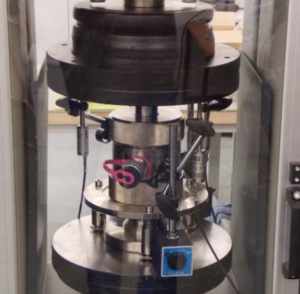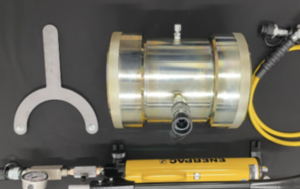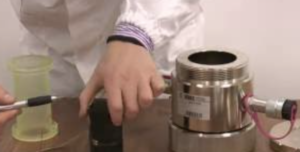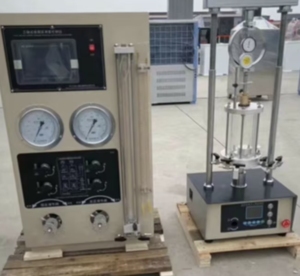What Role Do Soil Microbiome Tests Play in Environmental Protection?
Beneath our feet lies an invisible, complex community that drives the health of our planet—the soil microbiome1. These microscopic organisms regulate nutrient cycles, filter pollutants, and support plant life. Soil microbiome testing is revolutionizing how we understand and manage this hidden world. By analyzing microbial communities, we can detect environmental stress2, guide land restoration, and strengthen efforts toward ecological sustainability3.
Analyzing Soil Microbiome Diversity Through Testing
The first step in harnessing the power of the soil microbiome is measuring its diversity4. Microbiome tests identify and quantify microbial species and their functional roles.
Common Testing Techniques:
- DNA Metagenomic Sequencing5: Identifies the entire microbial community by sequencing environmental DNA.
- 16S/ITS rRNA Analysis: Targets bacterial (16S) and fungal (ITS) genetic markers.
- Biolog EcoPlates: Assesses microbial metabolic profiles using carbon substrates.
- Phospholipid Fatty Acid (PLFA) Analysis6: Measures microbial biomass and community structure.
Why Diversity Matters:
- High diversity = resilient soil ecosystems
- Low diversity = vulnerable to degradation and pollution
| Metric | What It Indicates |
|---|---|
| Species Richness | Number of different microbes present |
| Shannon Diversity Index | Evenness and abundance of microbial groups |
| Functional Diversity | Range of ecological roles performed |
A robust microbiome acts as nature’s safety net, capable of adapting to stress and supporting environmental recovery.

The Function of Soil Microbes in Environmental Nutrient Cycling
Soil microbes are the engines of nutrient cycling, turning raw elements into usable forms that fuel plants, animals, and ecosystems.
Microbial Roles in Major Cycles:
- Nitrogen Cycle: Bacteria like Rhizobium and Nitrosomonas fix nitrogen and convert it between forms.
- Carbon Cycle: Decomposers break down organic matter, releasing CO₂ and forming stable carbon compounds (humus).
- Phosphorus Cycle: Fungi like Glomus mobilize phosphorus from minerals into plant-available forms.
- Sulfur Cycle: Thiobacilli oxidize sulfur for plant use.
| Cycle | Key Microbes | Environmental Benefit |
|---|---|---|
| Nitrogen | Rhizobium, Nitrobacter | Improves soil fertility, reduces runoff |
| Carbon | Decomposer bacteria/fungi | Sequesters carbon, reduces greenhouse gases |
| Phosphorus | Mycorrhizal fungi | Promotes plant growth, reduces fertilizer need |
| Sulfur | Thiobacillus, Desulfovibrio | Balances soil pH, supports root health |
Testing these microbial functions helps evaluate soil performance and predict environmental outcomes.
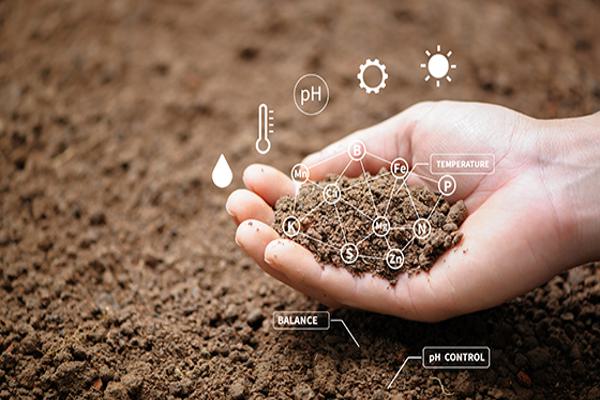
Identifying Microbial Indicators of Environmental Stress via Tests
Microbial communities are sensitive to soil contamination7, land degradation, and climate pressures8. By analyzing changes in microbial populations, scientists can detect early warning signs of ecological stress.
Stress Indicators in Microbiome Tests:
- Reduced diversity9: Indicates degradation or pollution.
- Loss of beneficial microbes: Points to chemical exposure or poor soil health.
- Increase in pathogenic or anaerobic microbes: Signals oxygen depletion or contamination.
| Soil Condition | Microbial Indicator | Environmental Insight |
|---|---|---|
| Heavy metal pollution | Decline in nitrifiers and fungi | Impaired nutrient cycling |
| Acidification | Rise in acid-tolerant microbes | pH imbalance, root stress |
| Organic overload | Dominance of anaerobic bacteria | Oxygen depletion, waterlogging risk |
| Pesticide exposure | Drop in microbial biomass | Disrupted food web |
Using these microbial signals, land managers can implement corrective measures before irreversible damage occurs.

Harnessing Test Results to Promote a Healthy Soil–Environment Nexus
Microbiome tests not only diagnose problems—they guide positive change. With data in hand, farmers, scientists, and conservationists can adopt targeted practices that rebuild soil health and protect ecosystems.
Applications of Microbiome Test Insights:
- Regenerative agriculture: Tailor practices to boost beneficial microbial communities.
- Land restoration: Choose cover crops and compost based on microbial needs.
- Pollution mitigation: Track recovery after remediation efforts.
- Sustainable development: Plan land use with soil health in mind.
Strategy Table: Action Based on Microbial Data
| Test Finding | Recommended Action |
|---|---|
| Low fungal-to-bacterial ratio | Increase organic matter, reduce tillage |
| High pathogen load | Introduce biocontrol microbes or rotate crops |
| Weak nitrogen cycling | Plant legumes, reduce chemical fertilizer |
| Reduced carbon decomposers | Apply compost, minimize synthetic inputs |
These strategies help build soil resilience, reduce pollution, and promote biodiversity—core pillars of environmental protection.

Conclusion
Soil microbiome testing offers a powerful window into the health of our environment. By revealing microbial diversity, ecological imbalances, and functional potential, these tests help us make smarter decisions that restore degraded lands, reduce environmental risks, and support sustainable ecosystems. In the race to protect our planet, understanding the soil beneath us is no longer optional—it’s essential.
-
Understanding the soil microbiome is crucial for ecological health and sustainability. Explore this link to learn more about its significance. ↩
-
Detecting environmental stress is vital for effective land management. This resource will provide insights into methods and technologies used. ↩
-
Exploring best practices for ecological sustainability can help us protect our planet. This link offers valuable strategies and insights. ↩
-
Understanding how to measure soil microbiome diversity is crucial for improving soil health and ecosystem resilience. ↩
-
Explore the intricacies of DNA Metagenomic Sequencing to grasp its significance in identifying microbial communities. ↩
-
Learn about PLFA Analysis to understand its role in measuring microbial biomass and community structure. ↩
-
Understanding soil contamination’s impact on microbial life is crucial for ecological health and restoration efforts. ↩
-
Exploring the relationship between climate pressures and microbial communities can inform strategies for sustainable land management. ↩
-
Learning about reduced diversity helps in identifying ecological stress and guiding conservation efforts effectively. ↩

